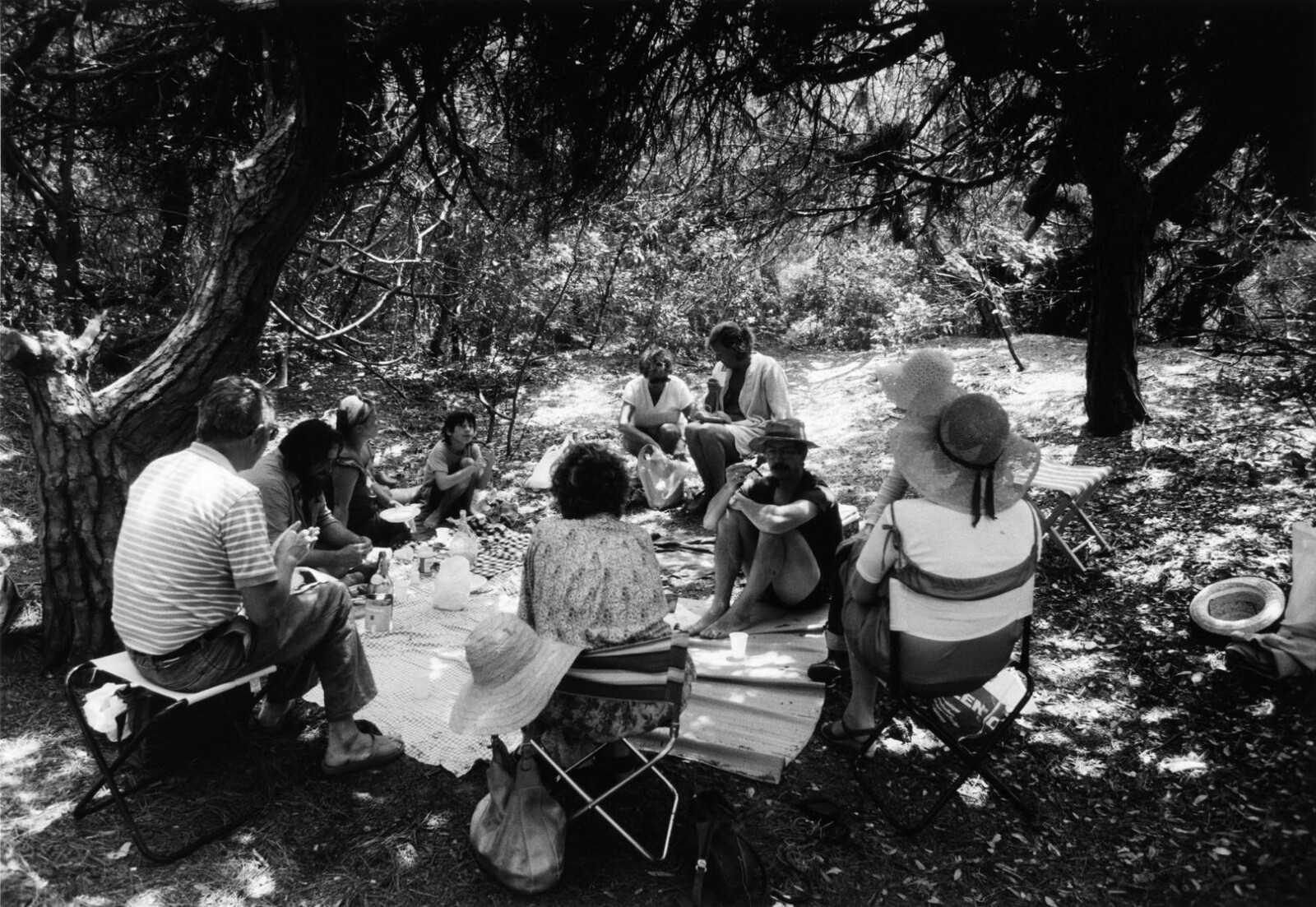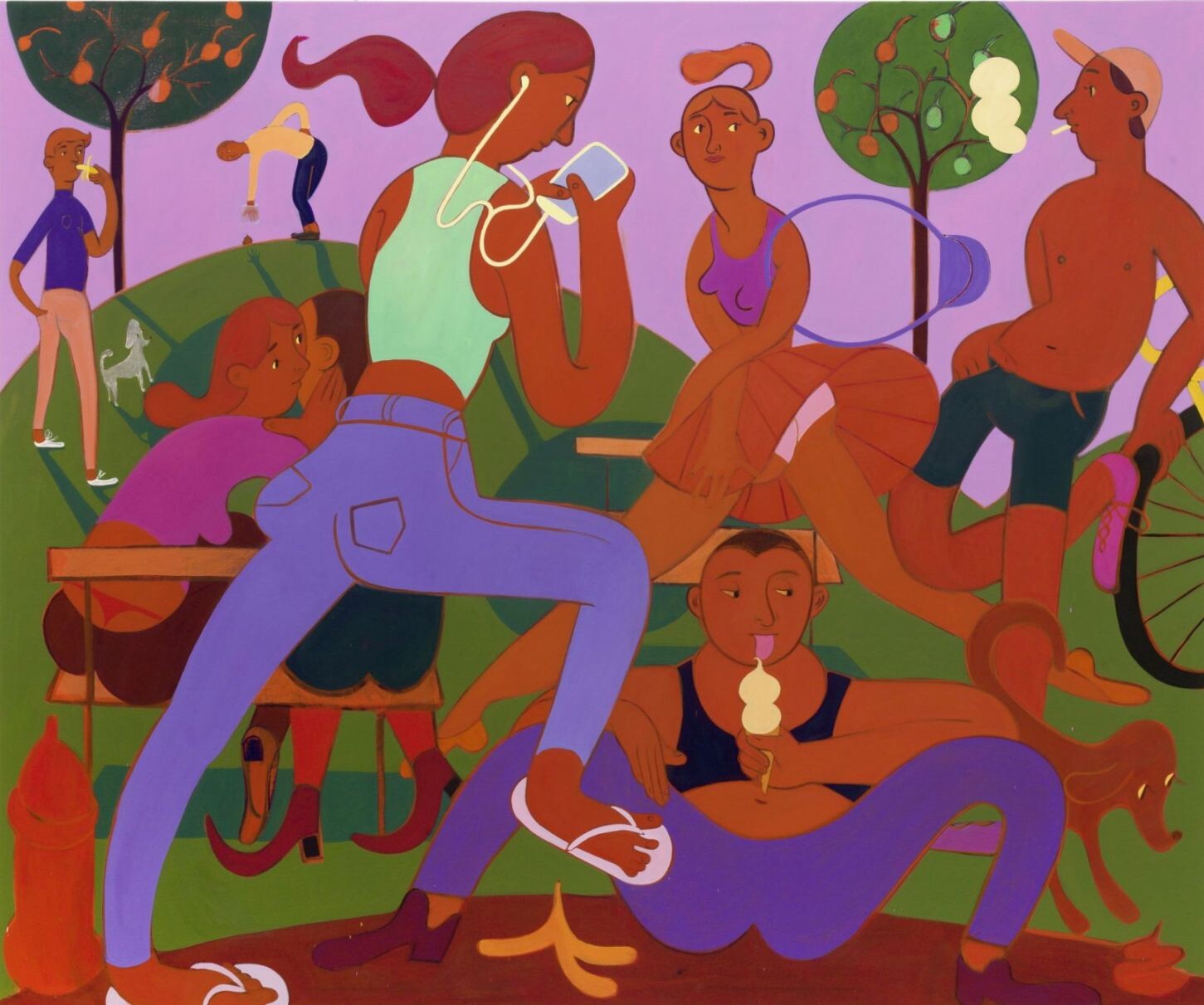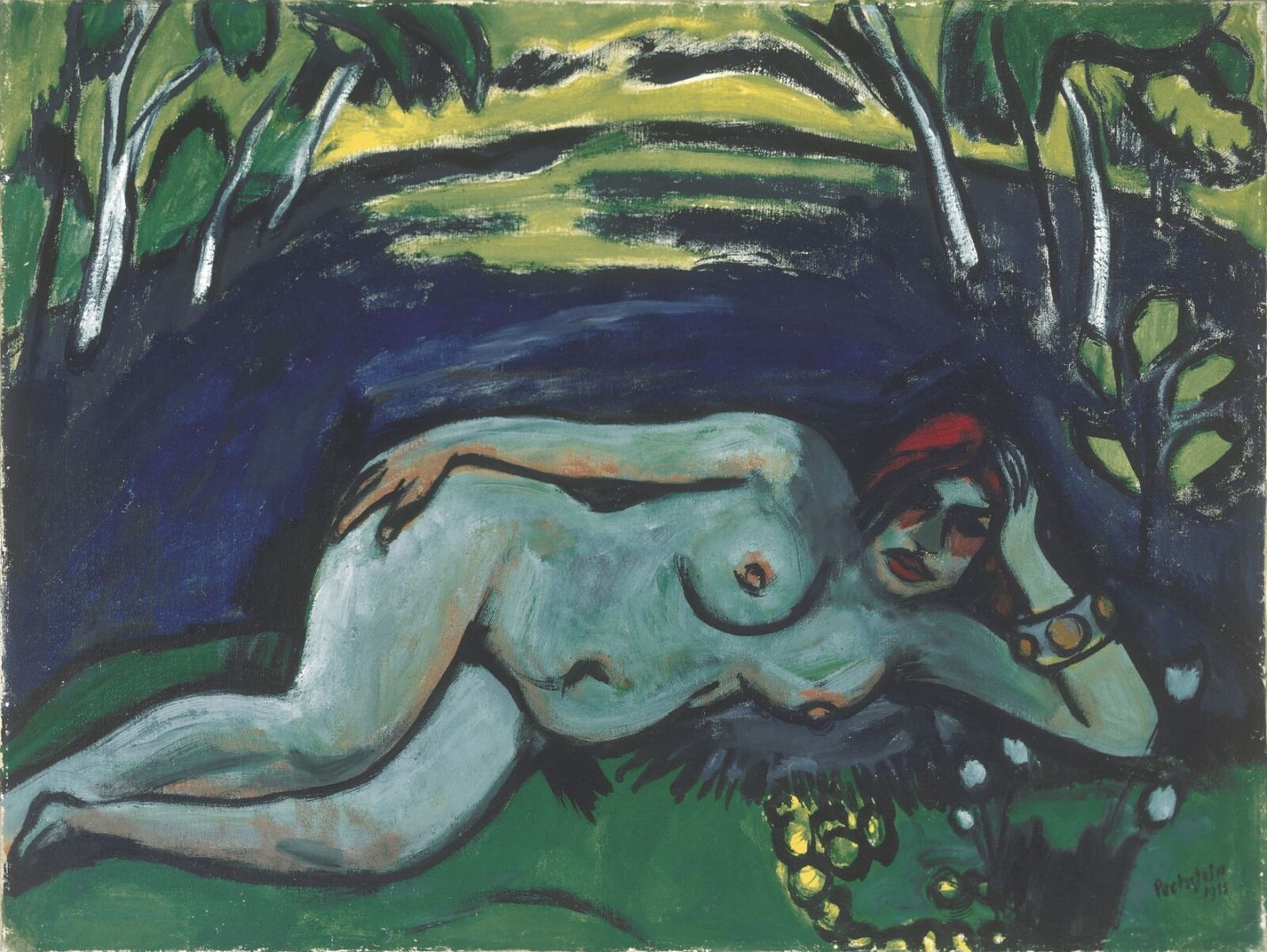April 17–July 11, 2021
Burgstr. 9
88212 Ravensburg
Germany
Hours: Tuesday 2–6pm,
Wednesday–Sunday 11am–6pm,
Thursday 11am–7pm
T +49 751 822685
kunstmuseum@ravensburg.de
“Time out“ stands for a temporary withdrawal from continuous time management and characterizes a period of time that is primarily marked, not by an objective measurement of time, but by a personal sense of time. The international group exhibition Time Out. On Breaks and Moments of Awakening is conceived as an invitation—against the background of an increasingly accelerating society that currently finds itself in a unique situation—to reflect upon the possible forms, significatory levels and inherent potential of a time out. The exhibition brings together works from the 20th and 21st centuries and makes clear, from the perspective of art, that a breakout from all the hustle and bustle can also constitute a form of refusal and opposition.
Already the Expressionist works of the artists’ group Die Brücke (1905–13) epitomize time outs that are devoted to pleasure and rebellion. The depiction of excursions into nature at the beginning of the 20th century—such as swimming in the nude at the Moritzburger Lakes—bears witness not only to a reinvigorating pause and to uncompromising artistic development, but also to the formulation of a utopian world as an alternative to the progress-oriented, regimented society of Wilhelminian Germany. In the contemporary positions as well, the time out comes to the fore as one aspect of a critique of society; the classical, rhythmic regularity dictated by the economy is subjected to questioning, and the importance of the time out is emphasized with regard to artistic production. At the latest through the works that encourage contemplation or offer a humorous inducement to deceleration and an experience of presence, it simultaneously becomes possible for visitors to have a physical experience of the genuinely modern notion of the time out as an interruption of the tyrannically ticking framework of everyday life.
The idea for Time Out. On Breaks and Moments of Awakening was developed long before SARS-COV-2, as the surrounding context for this project, came to determine our daily lives. With the temporary freezing of public life during the global Corona pandemic, the term “time out” has acquired new connotations that the Romanian artist Dan Perjovschi (*1961) pointedly comments upon in his graphic interventions.
With works by Marina Abramović, Bas Jan Ader, Cosima von Bonin, Natalie Czech, Alejandro Cesarco, Die Tödliche Doris, Otto Dix, William Engelen, FORT, Valeska Gert, Rodney Graham, Axel Heil, Sophia & Franziska Hoffmann, Christian Jankowski, Ernst Ludwig Kirchner, Barbara Klemm, Friedrich Kunath, Mark Leckey, Otto Mueller, Ernesto Neto, Yoko Ono / John Lennon, Max Pechstein, Dan Perjovschi, Karl Schmidt-Rottluff, Situationist International, Mladen Stilinović, Grace Weaver, Erwin Wurm and Andrea Zittel.
A catalogue is being published with texts by Christiane Remm, Ute Stuffer and Kristina Groß.
Curated by: Kristina Groß (Curator, Kunstmuseum Ravensburg)
Lectures
May 6, 7pm
Lecture by Vanessa Joan Müller: “New Ways of Doing Nothing. Artistic Practice as Work and its Negation”
Art historian, author and curator, Vienna; exhibitions including New Ways of Doing Nothing, 2014, Kunsthalle Wien
June 24, 7pm
Lecture by Dr. Jochen Gimmel: “Leisure—‘a Palace in Time‘? On Happiness as a Critique (of Time)”
Philosopher, associate, special research area “Leisure. Limits, Spatiality, Practices,“ Albert-Ludwigs-Universität Freiburg
July 2, 8pm
Sounding out the Break—Music for time out: A DJ-set by DJ Jaywalk (aka Prof. Dr. Holger Lund, Global Pop First Wave, Berlin) and Martin Georgi (Seismographic Records, Ravensburg)
About the Kunstmuseum Ravensburg
The Kunstmuseum Ravensburg was opened in 2013; it is the first certified museum in the passive-house construction style. Designed by the Stuttgart architectural firm Lederer + Ragnarsdóttir + Oei, the museum has been awarded such honors as the German Architecture Prize in 2013; it was declared “Museum of the Year 2015” by the International Association of Art Critics (AICA). The basis for the museum is the Selinka Collection. The collection includes works of German Expressionism as well as by the artist groups CoBrA and SPUR; it complements a program of temporary exhibitions dedicated to the art of the 20th and 21st centuries.








